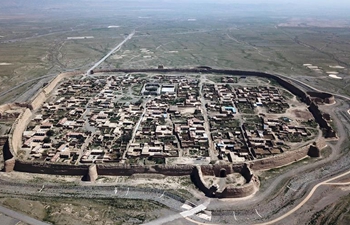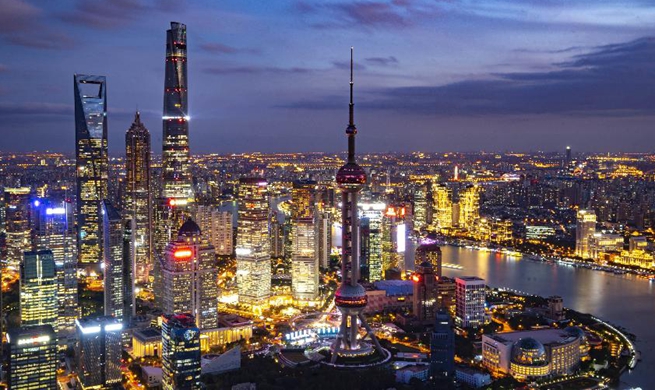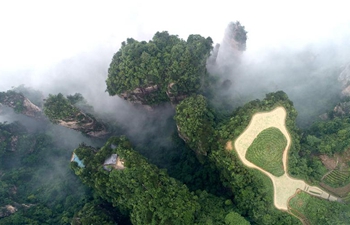MANILA, May 29 (Xinhua) -- Up to eight tropical cyclones are expected to slam into the Philippines from June to August this year, a senior official of the Philippine state weather bureau said on Wednesday.
Flaviana Hilario, the deputy administrator of the Philippine Atmospheric Geophysical and Astronomical Services Administration (PAGASA) said that many parts of this archipelagic country will experience rainfall in June.
"In terms of our forecast on the number of tropical cyclones, from June to August we are expecting around five to eight tropical cyclones," Hilario said in a news conference.
During the same press conference, Hilario also announced the official onset of the rainy season might happen either in the first or second week of June.
El Nino, which is affecting the country since October 2018, is expected to last until August but may linger until the end of the year.
"There's still a chance it will continue until the end of this year. However, the uncertainty is quite high," Hilario said.
The Philippines has been experiencing reduced rainfall since last October with several provinces suffering from dry spell and drought.
Philippine Agriculture Undersecretary Ariel Cayanan also said the dry spell has so far affected 247,610 farmers and 227,889 hectares of land across the country.
March to May is the summer months in the Philippines and are classified as hot and dry. June to October is rainy, with the months between July and September characterized by typhoons.
November to February is the coolest months and a good time to visit the Philippines as far as weather is concerned.
The Philippines is one of the most disaster-prone countries in the world. Annually, an average of 22 typhoons enter the Philippines of which around six to seven cause significant damage or destruction.
Being situated in the "Pacific Ring of Fire" makes it also vulnerable to frequent earthquakes and volcanic eruptions. Its geographical location and physical environment also contribute to its high-susceptibility to the tsunami, sea level rise, storm surges, landslides, flash floods, and drought.













